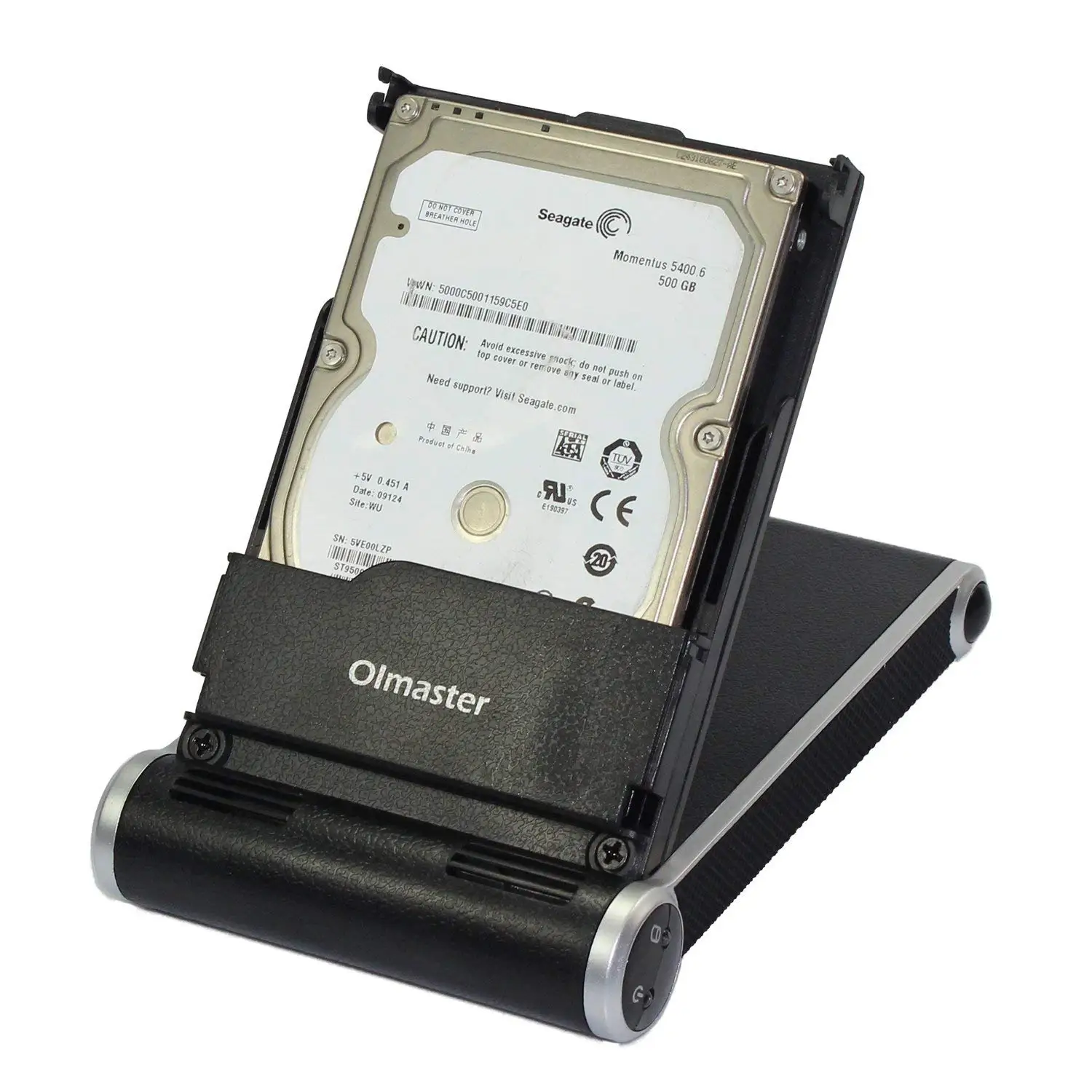
- #Adobe after effects use external hard drive full
- #Adobe after effects use external hard drive pro
- #Adobe after effects use external hard drive free
#Adobe after effects use external hard drive free
If the internal SSD doesn’t have enough free space for the above options, then connect two external SSDs: One for original media, and another designated for Media Cache.Or the other way around, one external SSD for the Media Cache and the media files on the internal (if room). One external SSD for original media, and Media Cache still on the internal (if room).If, as they edit, a student cannot keep free space above roughly 100GB on the internal SSD at all times, then they must resort to the traditional video drive setup: Use the internal/system volume for applications only (small documents are OK, like Word files) to keep free space available, and move video-related files to one or more external SSDs. Students should keep an eye on free space.
#Adobe after effects use external hard drive full
As free space gets closer to 0GB, things start to slow down and maybe crash, because there is no more room for temporary files to be written on the internal SSD.īecause a full internal SSD is so bad for performance and stability, low free space on the system volume is to be avoided at all costs. If free space gets below roughly 150GB, then when they start editing in Adobe apps, the apps start building their media caches (and/or Photoshop scratch files). Then they start loading video on it, and the internal SSD starts to fill up. There is no bottleneck to remove.īut what is much more common is that a student bought a base model Mac with limited internal storage.

So if a Mac has enough internal free space for a very large Media Cache, that is the fastest possible Media Cache drive and no external is needed for that. In addition, in current Macs, any internal SSD that’s 512GB or more is very fast, faster than any USB or Thunderbolt external connection. With that much free space, the Adobe Media Cache has plenty of room to build up project Media Caches without clogging the SSD. Here is an example of where an external SSD is not necessary and will not help: If you or a student has a Mac with maybe 500GB to 1TB of unused space on the Mac’s internal storage. This can keep the application running as fast as it should, because instead of having to constantly bog down the computer recalculating frames for every layer and effect, it can just pull any unchanged data from the cache and display it immediately.
#Adobe after effects use external hard drive pro
If Premiere Pro and After Effects have lots of fast storage for cache, they can cache the contents of many more tracks/layers. That said, an external SSD can usually help students because they usually buy a lower spec configuration.Ĭonnecting an external volume for the Adobe video applications can provide two things: More space for original media files, and/or more space for temporary cache files, specifically the Media Cache (which you set in Preferences).

And if your computer already has enough of it, adding more won’t help. What it does is exactly the same thing as what adding more memory does: It removes bottlenecks that can result from not having enough of it.

Is that right? If so, how does it work? By an external volume can help and is a best practice, but it is extremely important to understand that it does not actually “speed up” a computer. I heard that it is possible to plug an external hard drive to a computer (I have a MacBook Pro) to make After Effects faster or more efficient.


 0 kommentar(er)
0 kommentar(er)
